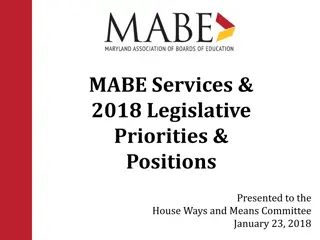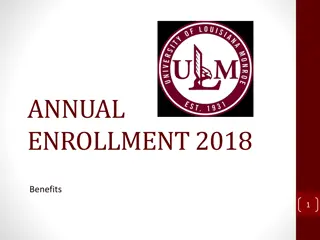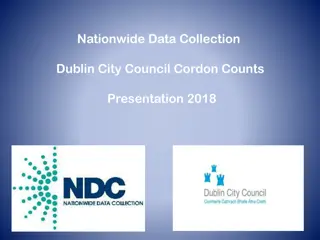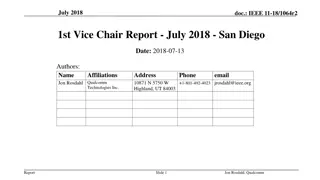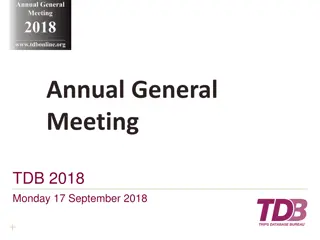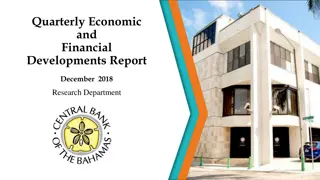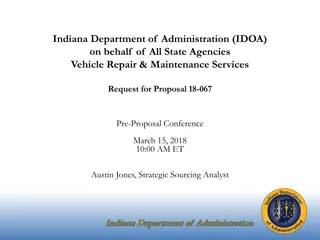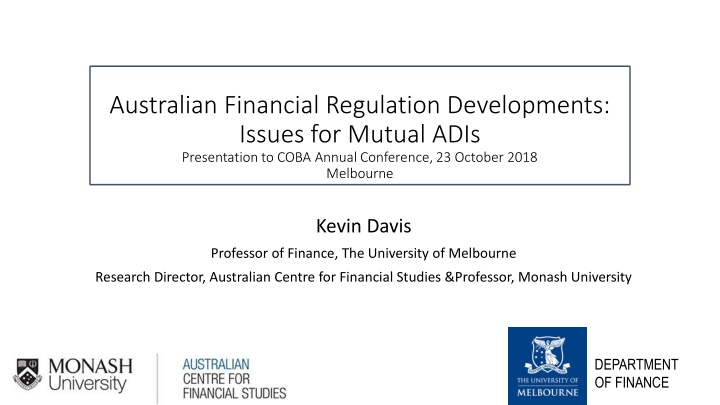
Australian Financial Regulation Developments and Challenges for Mutual ADIs
Explore the key regulatory themes, growth, and profitability of Mutual ADIs in Australia presented at the COBA Annual Conference in 2018. Gain insights on financial sector competition reviews, regulatory impacts, and recommendations for the industry's future.
Download Presentation

Please find below an Image/Link to download the presentation.
The content on the website is provided AS IS for your information and personal use only. It may not be sold, licensed, or shared on other websites without obtaining consent from the author. If you encounter any issues during the download, it is possible that the publisher has removed the file from their server.
You are allowed to download the files provided on this website for personal or commercial use, subject to the condition that they are used lawfully. All files are the property of their respective owners.
The content on the website is provided AS IS for your information and personal use only. It may not be sold, licensed, or shared on other websites without obtaining consent from the author.
E N D
Presentation Transcript
Australian Financial Regulation Developments: Issues for Mutual ADIs Presentation to COBA Annual Conference, 23 October 2018 Melbourne Kevin Davis Professor of Finance, The University of Melbourne Research Director, Australian Centre for Financial Studies &Professor, Monash University DEPARTMENT OF FINANCE
Four Regulatory Themes Basel in Australia New banks/lenders and the Fintech Challenge Information and Data The Royal Commission, culture and regulators What opportunities/challenges do they create for Mutual ADIs?
Mutual ADI growth & profitability Growth & Return on Equity Sept 2007 - June 2018 0.16 0.14 6% ROE inadequate to take advantage of possible growth opportunities 0.12 0.1 0.08 0.06 0.04 0.02 0 Sep 2007 Sep 2009 Sep 2011 Sep 2013 Sep 2015 Sep 2017 Mutual ADI sector growth rate ROE - credit unions ROE - mutual banks (Pre 2011, mutual bank figures are for building societies) Source : APRA
Some Background AFSI (Murray) Report (Nov 2014): Unquestionably strong ; mortgage risk weight differentials Hammond Review of Mutuals (July 2017) & October 2018 Draft Legislation Definition of mutual entity Issuance of mutual capital instruments Reform demutualisation provisions Productivity Commission /ACCC and financial sector competition reviews PC noted: mutuals had competitive pricing, but little competitive impact Were less efficient (eg cost/income), seeking scale economies via mergers Limited in their funding sources Submissions noted problems for smaller players in costs of adapting to technological change and regulatory compliance
Productivity Commission Recommendations Recommendations include Review effects of APS122 on cost of funds/competitiveness; expand regulatory sandbox ; reform of mortgage broking arrangements; Principal Integrity Officer for ADIs; Financial Advice Regulation Improvements (licensing, terminology, disclosure); Payments System (ban interchange fees).
Regulation: Impact on Mutuals Basel/APRA & others Mutual ADI Consequences Unquestionably Strong capital for majors Mutual Bank label Mutual Equity Interest CET1 Instruments Restricted ADI licences Dec 2017 Basel 3 finalisation and APRA Feb 2018 Discussion Paper - proportionate/tailored requirements simplified framework - IRB/Standardised mortgage risk weight differences (& LVR link?) - IRB Capital Floor (72.5% of requirement if standardised approach used) - Op risk, leverage ratio, and other changes Major Bank Levy of 6 bp on non-FCS liabilities (Budget 2017) Liquidity Regulation (MLH v LCR/NSFR designation)
Mutual Equity Interests: Are they feasible/desirable? Issuing only makes sense if investors required yield less than ROE If franked, it is pre-tax ROE that is relevant Comparing with bank AT1 hybrids, probably need to offer 6-7% over BBSW say 8-9 % p.a. (at current BBSW rate) inclusive of franking credits Current Pre-tax ROE of larger mutuals is around 8.5% p.a. Makes MEIs a marginal proposition in terms of benefits to members Unless increased scale enables cost savings and higher rate of profit Investor market / scale of issuance a challenge Wholesale market realistically only top 10 or so mutuals, and lumpiness of issue proceeds is a complication Retail market members or other unsophisticated investors? Suitability? How to facilitate a liquid secondary market?
New Banks/Lenders and Fintech Challenge Is the ADI business model pass ? What benefits come from combining Lending, deposit taking, payments services, (& financial advice)? Non-deposit funding of lending growing P2P, Marketplace lenders, finance companies few fintechs consider themselves to be challenger banks (PC Report) Deposit taking incurs costly prudential regulation Are there sufficient benefits of lower cost of funds? Financial Claims Scheme should be one, but . Value of liquidity to depositors should be one Participation in payments system should be one, but Payments service industry is changing New Payments Platform Fintech participants more than just apps and devices? Potential for payments drawn on mutual fund (unit trust) accounts! Should mutuals be offering alternative investment options?
Alternative lenders growing in importance SocietyOne: $500M loans in 5 years; ($14.2M in August 2018) Harmoney (NZ): $500M in lending in 3 years ThinCats: $13.4M in 3.5 years (SME loans) RateSetter: $350M loans in 4 years Marketlend: $55M loans in 3 years Prospa: $750M loans in 6 years ($367M originations in FY2018) Compliance and reporting advantages Capital requirement advantages Funding advantages (other than deposits) No legacy systems constraints, more nimble? But how will trust and reputation scenario evolve? And don t forget super funds as potential loan market competitors!
Information and Data: Opportunities and Challenges Open Banking / Consumer Data Right Objectives: Consumers making more informed financial decisions, Increasing competition Issues: Protection of, and incentives to create IP using customer data; Reciprocity Customer understanding/usage Comprehensive Credit Reporting still not here! Benefits will accrue primarily to smaller and newer players if they are able to better price loan risk! Cyber security Digital Identities
The Royal Commission, Culture, Regulators Mutuals escaped criticism in Interim Report Many references to perils of profit-seeking Likely pressure on regulators to first initiate prosecution then perhaps negotiate for behavioural change and remediation rather than reverse Likely increased focus of banks on core business of banking competitive consequences Problems of using intermediaries (eg mortgage brokers) Financial advice business model up for change
Conclusion: Some Questions for Mutuals Will major bank cultural reform overcome the trashing of reputations? If so, their likely increased focus on retail banking is a potential threat If not, how can mutual ADIs best capitalise on this? How might mutual business models be best adapted? Changed range of financial products Types of relationships/links with fintechs What opportunities exist in the financial advice area? An important role in the historical development of the mutual ADI was helping individuals manage their finances!






